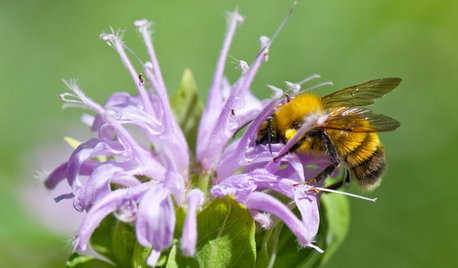Incarnata
yvan
17 years ago
Featured Answer
Sort by:Oldest
Comments (9)
socal23
17 years agoyvan
17 years agoRelated Professionals
70037 Landscape Architects & Landscape Designers · Bridgetown Landscape Architects & Landscape Designers · Wake Forest Landscape Contractors · Burlington Landscape Contractors · Canton Landscape Contractors · Elmhurst Landscape Contractors · Paso Robles Landscape Contractors · Roswell Landscape Contractors · Wareham Landscape Contractors · West Haverstraw Landscape Contractors · Northlake Landscape Contractors · Annapolis Fence Contractors · Gresham Fence Contractors · Prairieville Fence Contractors · Woodland Fence ContractorsTonyfromOz
17 years agoyvan
17 years agosocal23
17 years agoTonyfromOz
17 years agoflash14756
17 years agopineresin
17 years ago
Related Stories

GARDENING GUIDESGreat Design Plant: Passiflora Incarnata
Enjoy the amazing flowers and edible fruit of U.S. native Passiflora incarnata (also known as maypop) — the butterflies sure do
Full Story
GARDENING GUIDESGreat Design Plant: Asclepias Incarnata for a Butterfly Garden
Beautiful swamp milkweed makes it easy to help monarchs and other pollinators in eastern U.S. gardens
Full Story
GARDENING GUIDESGreat Design Plant: Asclepias Viridis
Green antelopehorn is a milkweed that is short, drought-tolerant, not aggressive and a monarch favorite
Full Story
GARDENING FOR BUTTERFLIESBe a Butterfly Savior — Garden for the Monarchs
Keep hope, beauty and kindness alive in the landscape by providing a refuge for these threatened enchanters
Full Story
GARDENING GUIDESGreat Design Plant: Milkweed
Quit cringing. This not-weed plant is a sight to behold in the garden, has a delicious vanilla scent and is a magnet for butterflies
Full Story
GARDENING GUIDESGreat Design Plant: Meadow Blazing Star (Liatris Ligulistylis)
Make fast friends with the monarch butterflies and get a color show too with this adaptable U.S. Midwest native
Full Story
GARDENING GUIDESSupport Bumblebees by Providing Forage in 3 Seasons
Bumblebees are fascinating and fun to observe foraging in gardens. Find out how to create a buffet for these fuzzy, charismatic bees
Full Story
LANDSCAPE DESIGNThe 7 Best Plant Types for Creating Privacy and How to Use Them
Follow these tips for using different kinds of plants as living privacy screens
Full Story
GARDENING GUIDESGreat Design Plant: Butterfly Milkweed, a Beacon in the Prairie
Vivacious orange flowers for you, nectar for the butterflies and bees. Asclepias tuberosa is worth planting for more reasons than one
Full Story
GARDENING FOR BUTTERFLIESGreat Design Plant: Senna Hebecarpa Puts on a Magical Show
Furry white tongues that develop into seeds? That's just one of this bee-bringing summer perennial's many talents
Full Story






pineresin